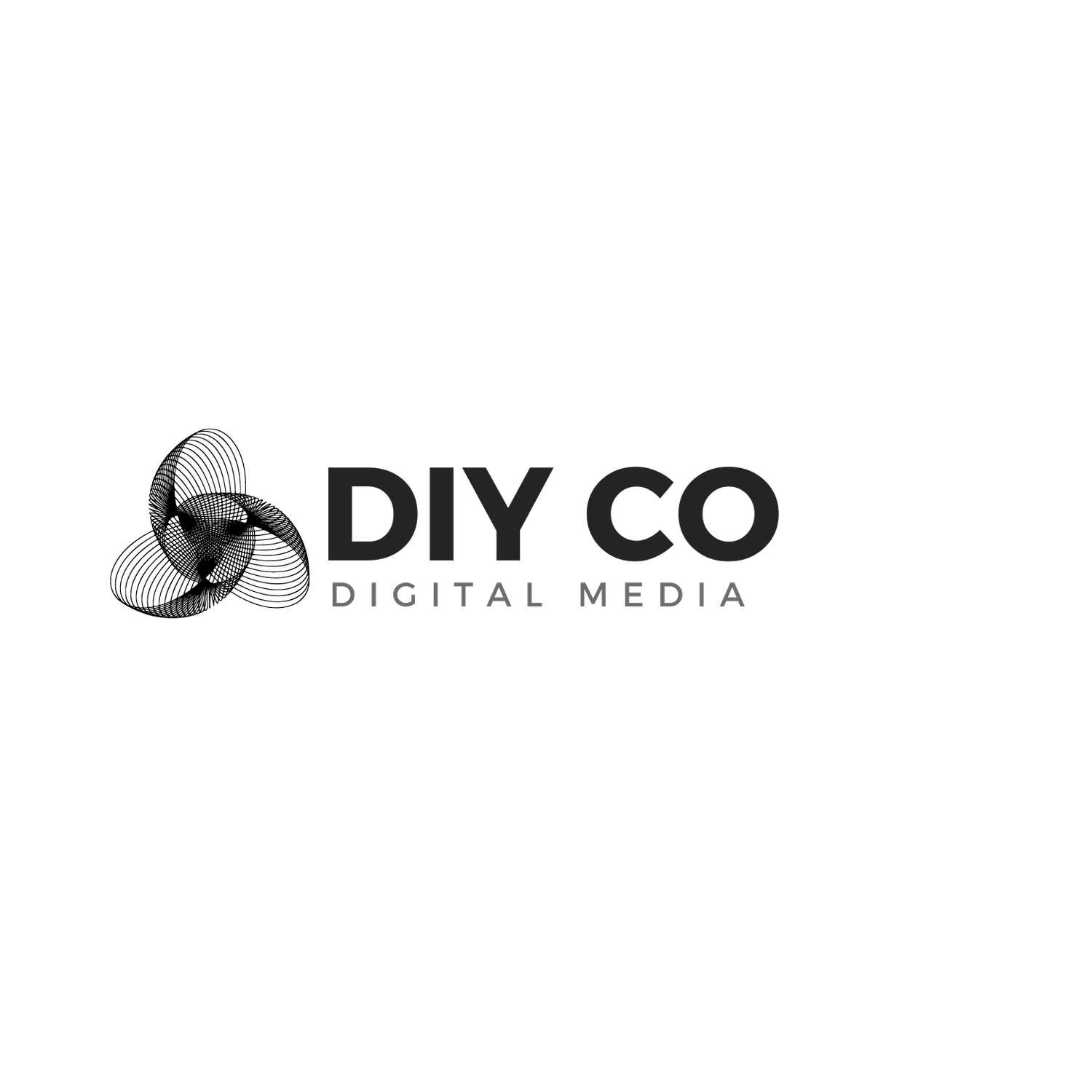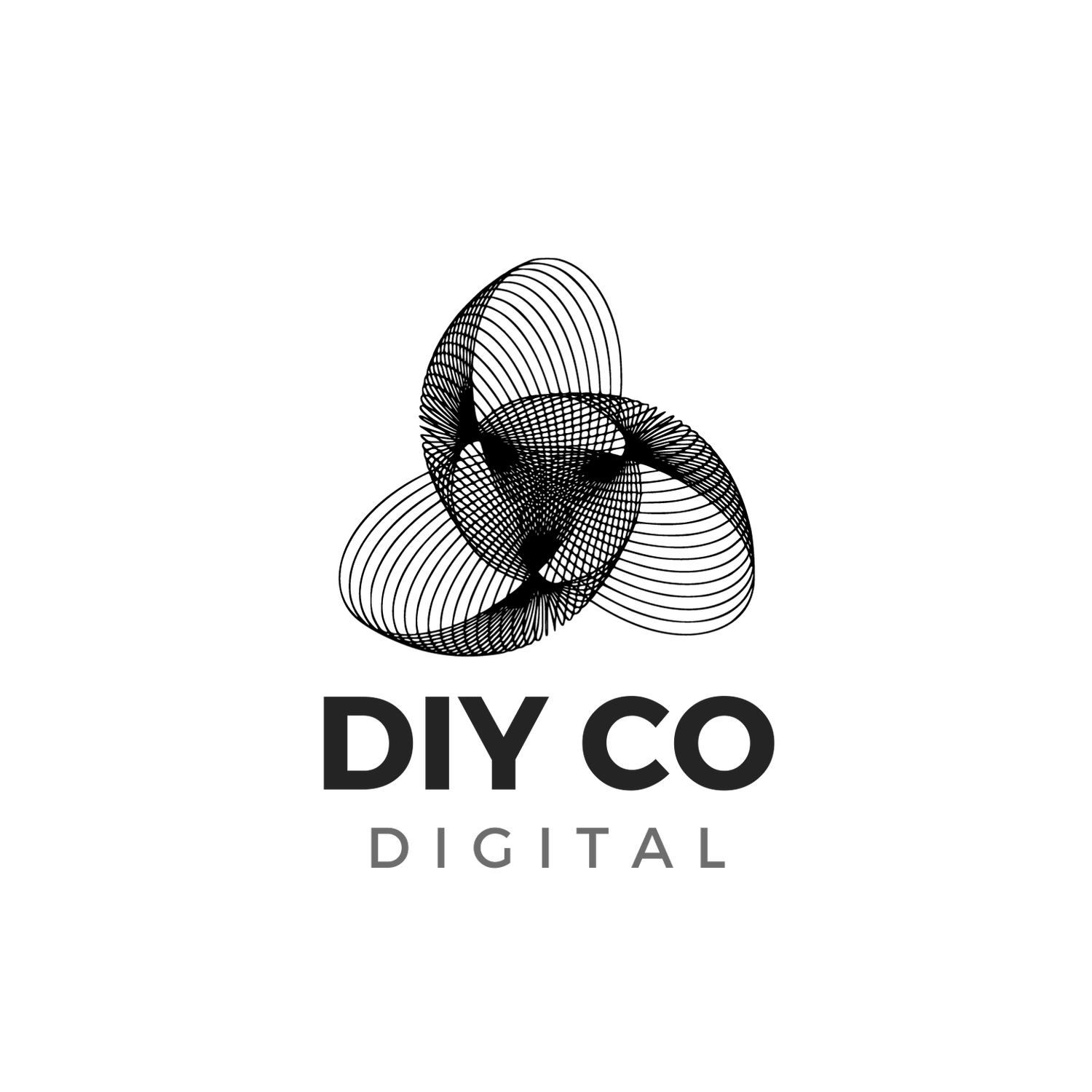Q&A w/ Author, Natasha Boyd, The Indigo Girl
DIY: What valuable piece of advice do you wish you had received when you published your first book?
Natasha: Advice I wish I had received? Gosh, I was quite lucky, in that EVERYBODY had an opinion on how to do it. LOL. Seriously though, with ten years and ten books of hindsight, I can say that I wish someone had explained to me that one book does not make or break you. Obviously, you make sure to put the best product out there and I’m always proud of my books, but you must stop expecting one book to be the thing that changes your life. And if it does, it’s almost to your detriment. I think it’s better if your later books change your life because by then you’ve built systems and processes and have a more measured approach to success and failure. It’s so easy to get caught up in the whirlwind of a new release and find your mental health chained to the ups and downs of sales and reviews, and that is a dangerous place to hang out for too long. Sure you should celebrate your success, but get right back to the process of creativity lest you lose your way. I know this from experience that if I get too far away from my process, I can really hit a slump in productivity. I think writers who trained as journalists or lawyers before they were novelists or screenwriters fair much better because they are used to getting on with the next project.
DIY: When portraying real-life characters, such as in your novel "The Indigo Girl," how do you balance the responsibility of authentically telling their story while also incorporating creative liberties for narrative structure and pacing?
Natasha: A few things you have to get clear on if you want to write a story based on a real person or event is what is your goal? And what type of project is it? Do you want to factually educate people (historical narrative nonfiction), or do you want to entertain people or shed light on an heretofore unknown person or event (historical fiction)? Now the best case is to stick as close to the truth as you can, but also deliver the information in a way that delights, entertains, and is, most importantly, memorable.
When dealing with real people, it’s fairly accepted that you cannot have them experience massive life events that are not true, but equally, it’s also accepted that one will have to fill in areas of their life that have been lost to time, like conversations and/or other characters that help to tell the story. I know in the case of Eliza, the protagonist in The Indigo Girl, she succeeded in accomplishing her goal after a series of setbacks. So I knew the beginning, middle, and end. I also knew her thoughts and feelings and those of people around her due to the letters she kept and the records of the time. In this case, I worked hard to tell the story as close as possible to what happened but knowing that some things had to happen earlier or later in my fictional retelling in order to have the pacing and structure be satisfying to the reader. In some cases, other fictionally created characters had to fill in and do and say certain things to prompt the response or action that I already knew Eliza had taken based on records. Or at some point, what I felt she would do in keeping with her character. You mostly need to follow your gut on this type of thing. My goal was that a previously forgotten and remarkable young girl would be remembered for her contribution to the history of a nation. And if some creative liberty was taken to get an entertaining and satisfying read into more hands, hands of people who have now made her into a household name, then I’d say I succeeded.
DIY: What inspires you to write about your subject matter and do your personal experiences or background influence the narrative?
Natasha: Where does my inspiration come from? Hmm. I know when my heart pounds faster or I get chills on my skin when I first think of, read, or learn about a subject. When I first heard Eliza’s story, I was stunned that more people didn’t know about her. I said, ‘someone should write a book about her’, then my husband quietly pointed out that I was a writer. At first, I thought I didn’t have the chops for it. But then every time I talked about her to people, I got that chill again, until I started imagining scenes in my head. So one day, I just started. I grew up in England, as did Eliza, but that’s about as much as we had in common. She’s a morning person, I am not. She seems to like fourteen projects on the go, I can manage 1 or 2. Ha. But, seriously, I could hear the British in her letters to her father and Mrs. Boddicott, and I also lived in the Lowcountry of South Carolina where The Indigo Girl is set, and so I feel like the narrative and the style sort of came naturally to me.
DIY: “The Indigo Girl” has caught the eye of a Hollywood producer who is working on a film adaptation of your book. Have there been any surprising aspects of that process for you?
Natasha: Firstly, I want to say that the thing I am most excited about if this project comes to fruition is that more people will find out who Eliza is. And also I was so immersed in the place and time and senses in the book, it was so visual to me and also to people who read it, that it would be unbelievable to have those things brought to life. The process is still very early, so I’m not sure there have been any surprises yet. Except that I’m a big fan of the previous projects the producer has created and worked on, so I know the book is in amazing hands.
DIY: What is your favorite and most exciting way to market your books?
Natasha: Word of mouth will always be my most favorite. There’s no better endorsement than a book rec from a friend you trust. And when word of mouth happens on a massive scale, it is very exciting. About two years after The Indigo Girl came out, I really started to see the needle start to ramp up from book clubs, booksellers, and historic foundations recommending the book. By the time we were all at home during Covid, I was doing an average of at least one Zoom book club a week with clubs and organizations all over the country.
When I started out ten years ago, the book community on Facebook (with organic reach) was so effective because it was exactly that, word of mouth. Then it became pay-to-play (which has its place), and while you can still find some great organic reading groups, they are sometimes very large and unwieldy that it’s hard to sift through to find books or trust the people recommending them that they have the same taste as you, etc.
I have friends getting enormous traction on TikTok (#Booktok) at the moment, and they are really working for it, sometimes leaving no room to actually write more. But the goal is to create word of mouth and it does move the needle on sales. Social Media will always play a role in book marketing I think, but even TikTok is becoming pay-to-play with book influencers charging thousands to hold up a book cover. And I’m sure in a year or two we’ll be talking about another platform that sells books. Who knows what the next big thing will be.
I think, in the end, writing your next excellent book, one that makes readers want to seek out and devour everything you’ve ever written, is probably the best, most satisfying book marketing tool any author has. Having your book adapted on the screen though, probably also wouldn’t hurt!

